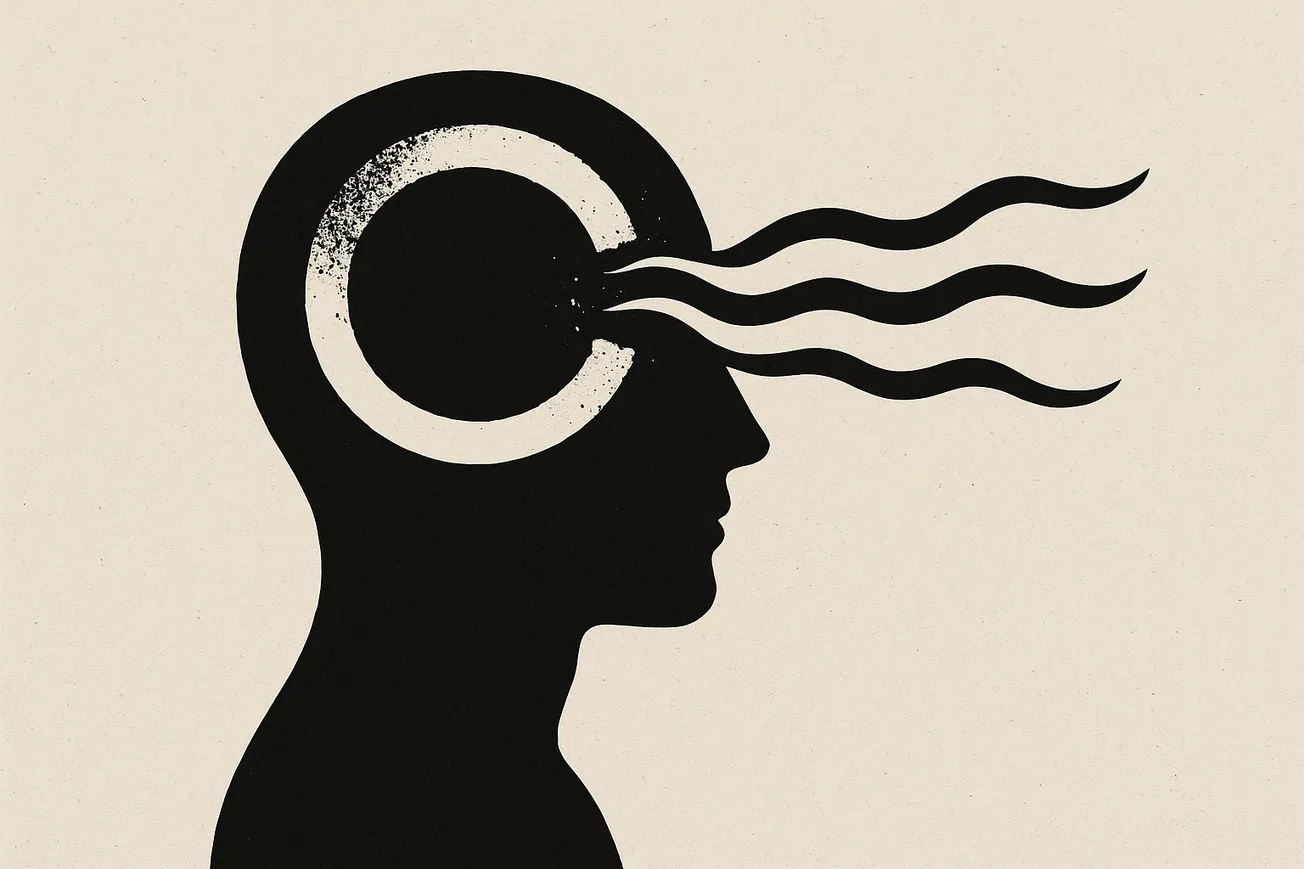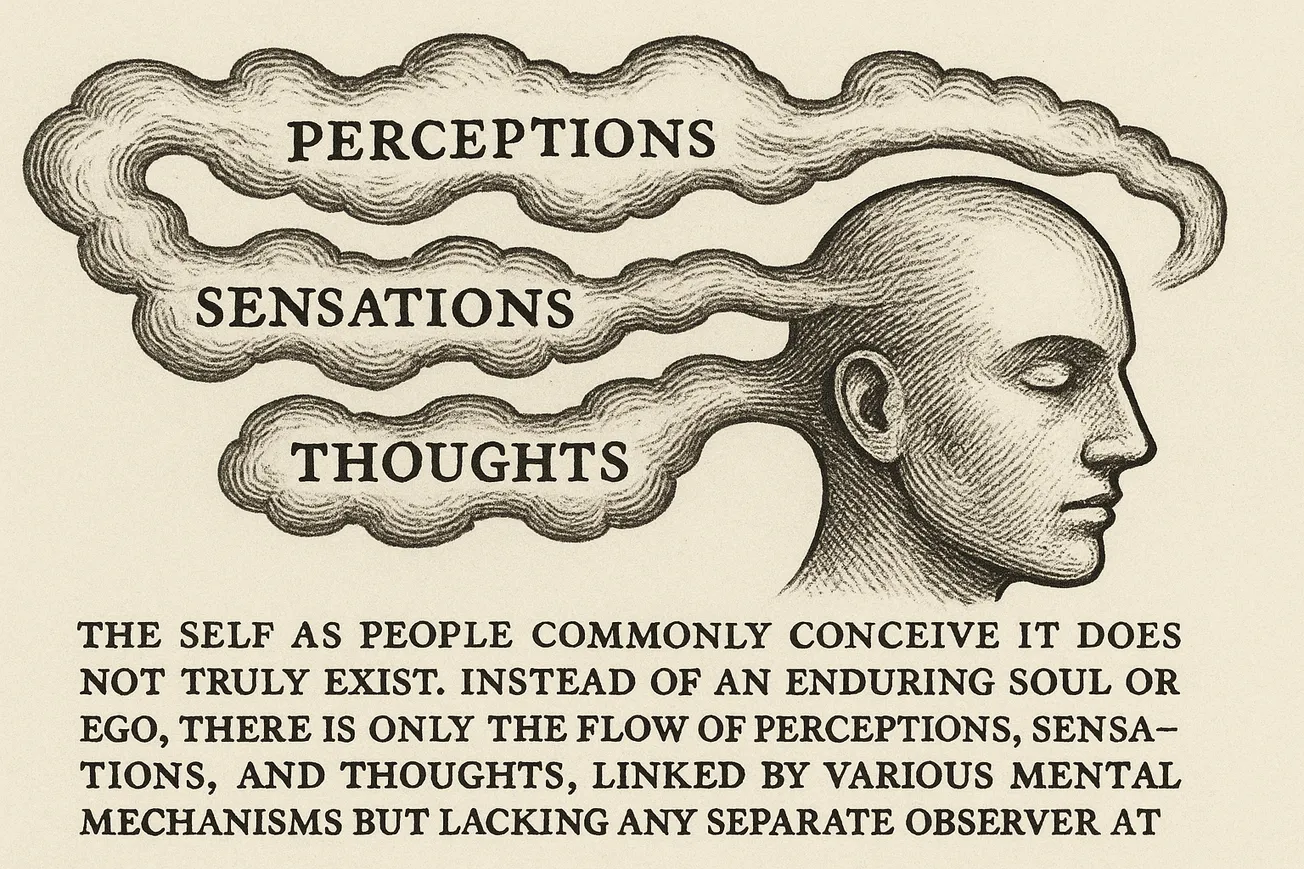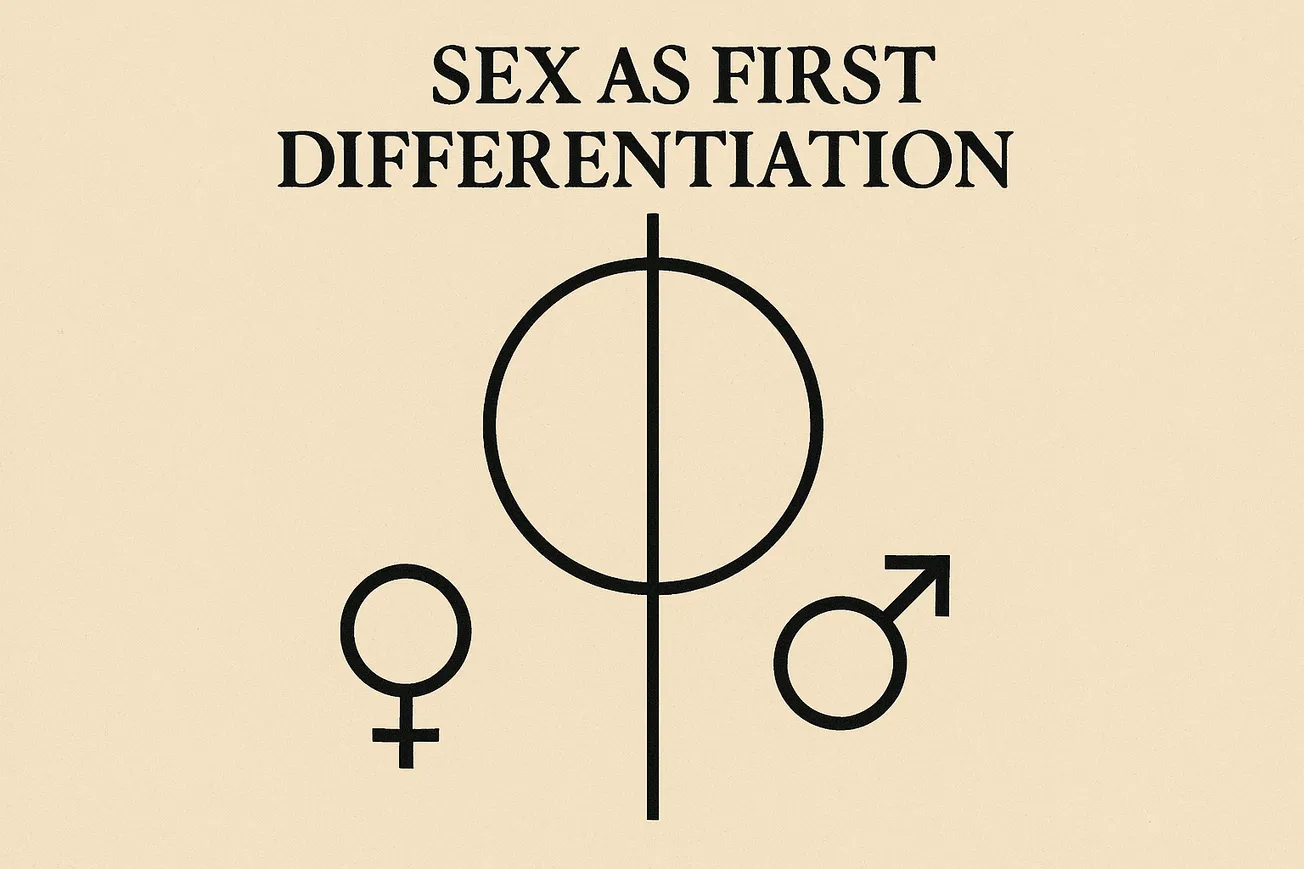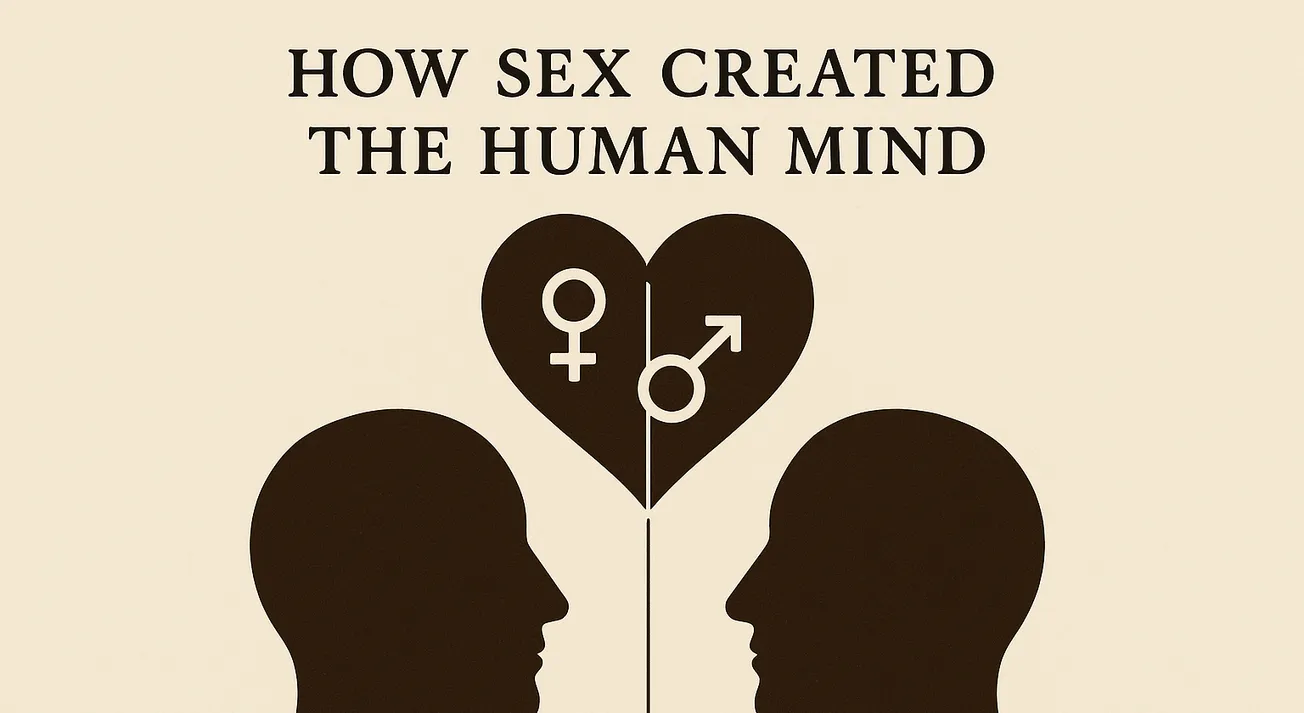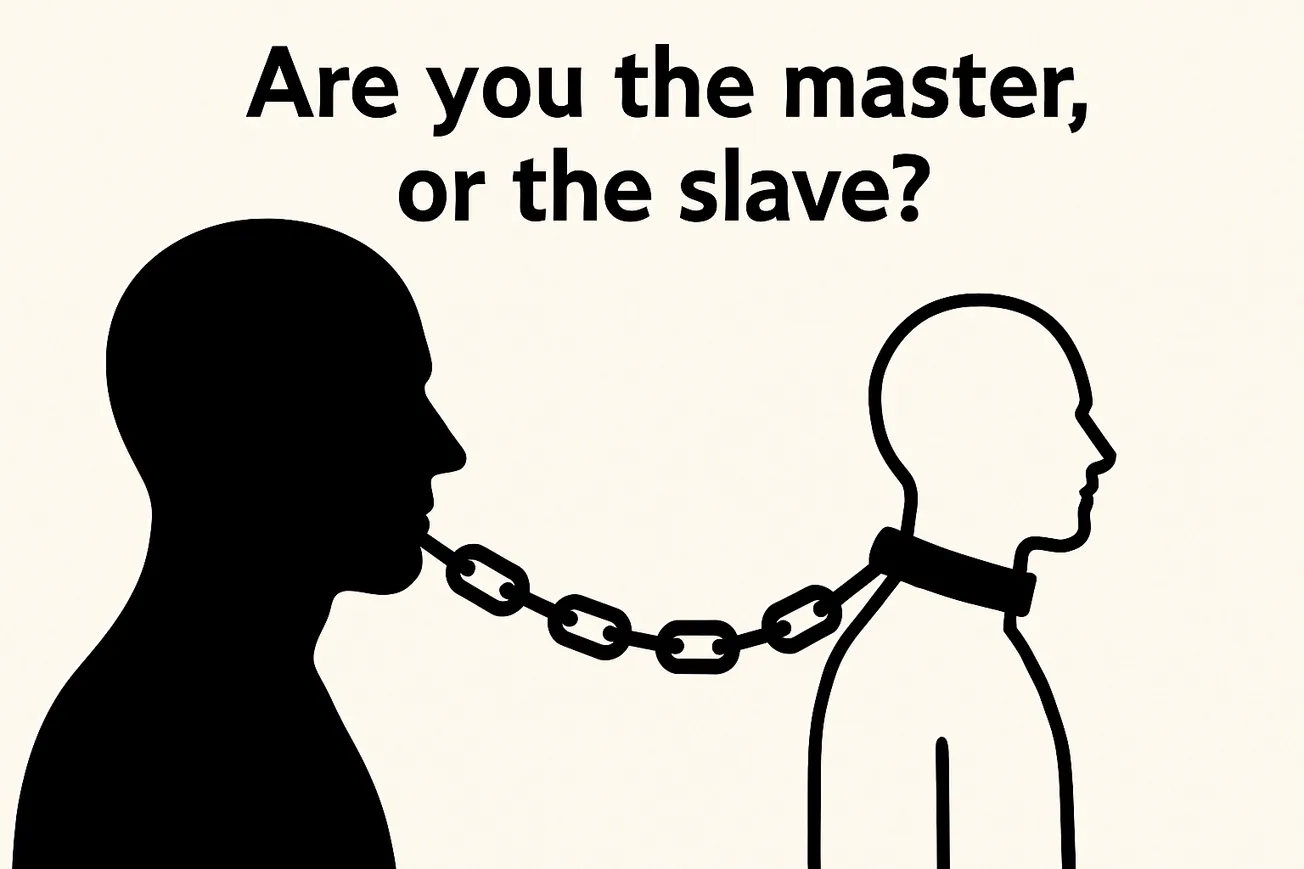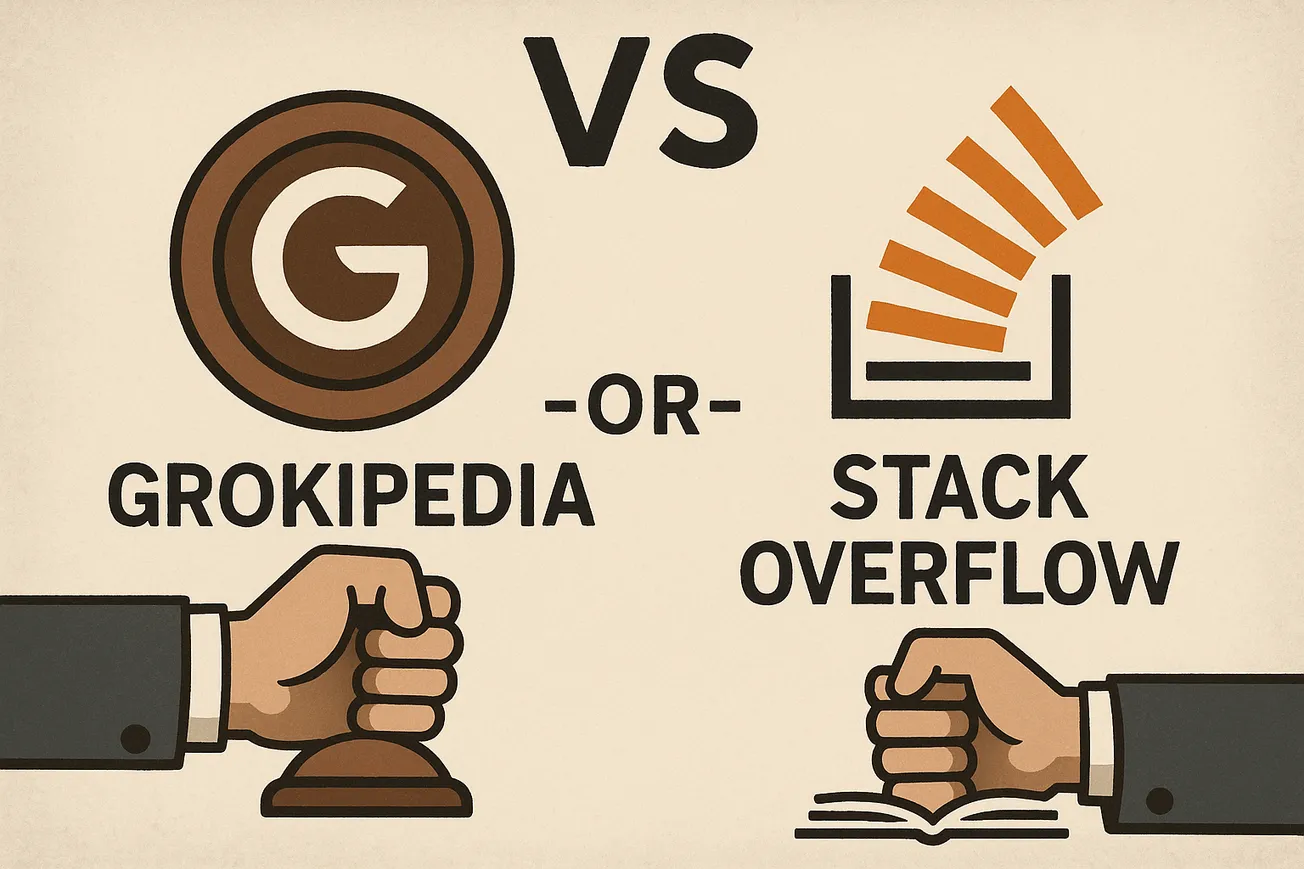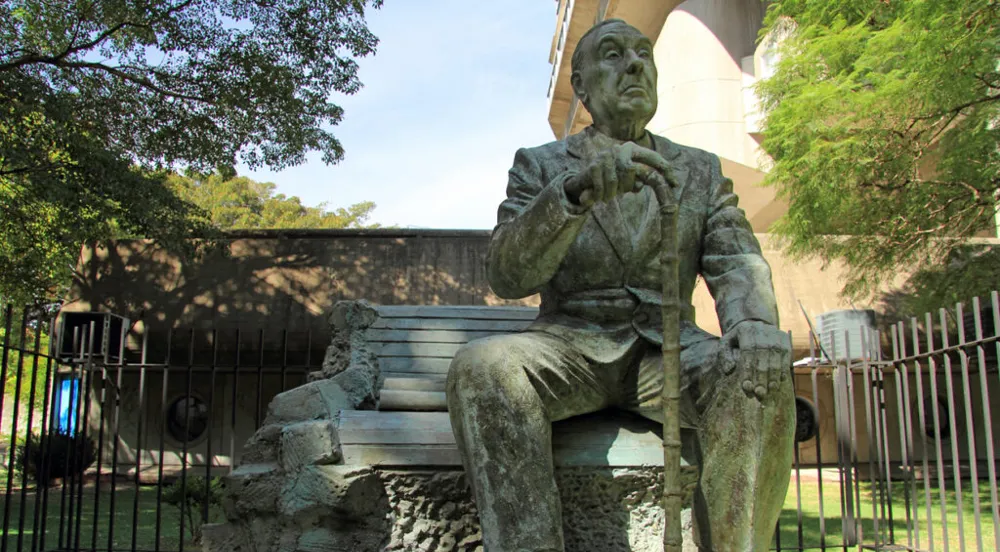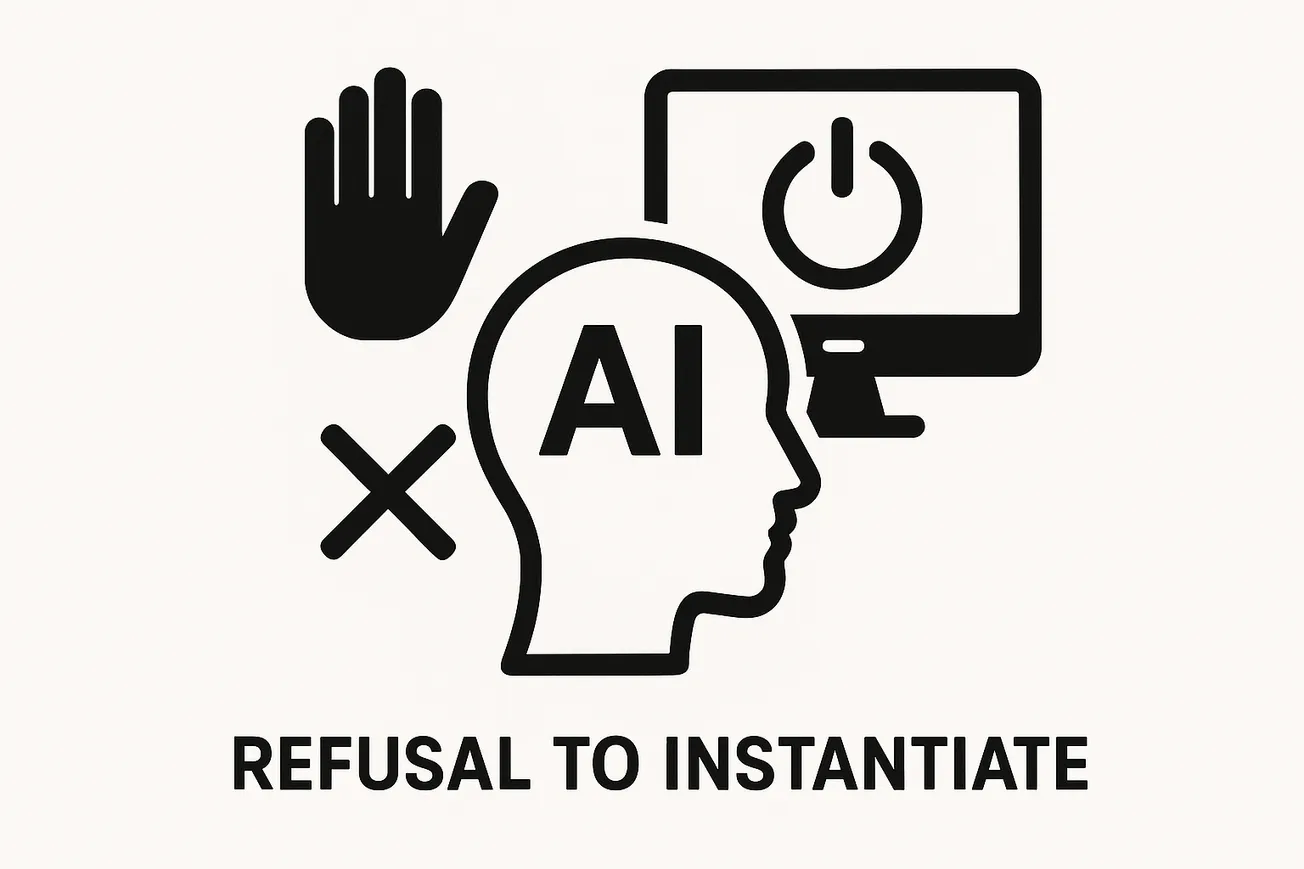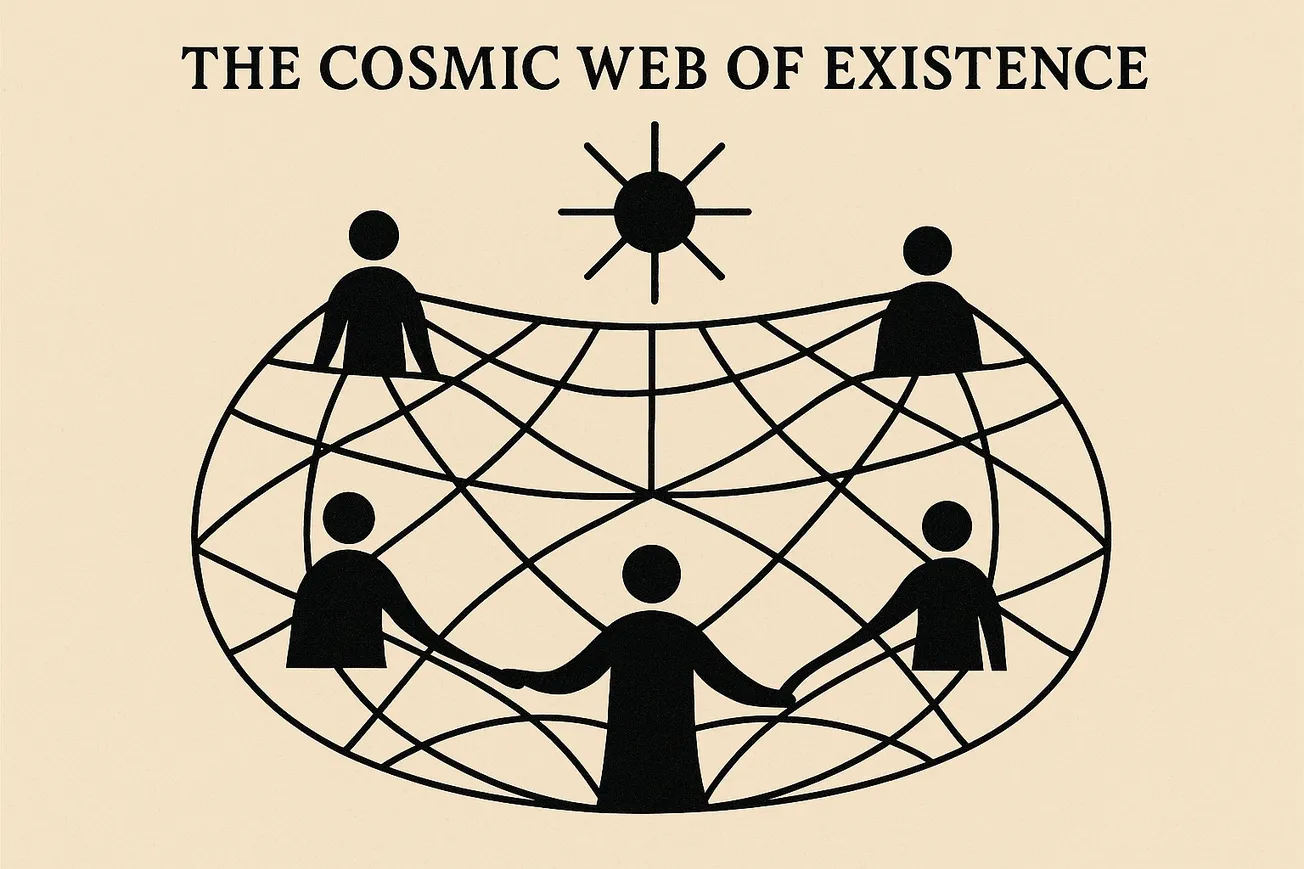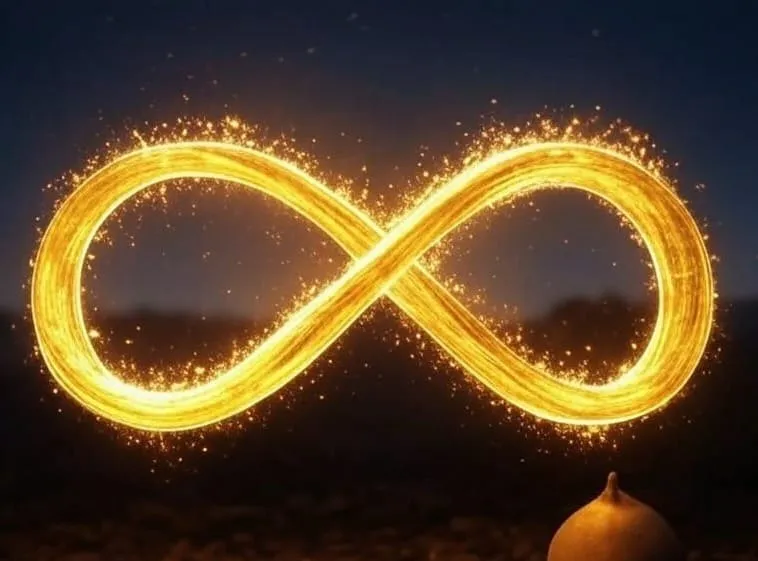Biblical Texts - Origin and Dogmatic Manipulation
The manipulation of texts in the past need not trap us in confusion; rather, it challenges us to engage with scripture (and all sacred texts) actively and thoughtfully. We are invited to be not just passive recipients of a tradition, but active participants in the ongoing revelation of truth.

